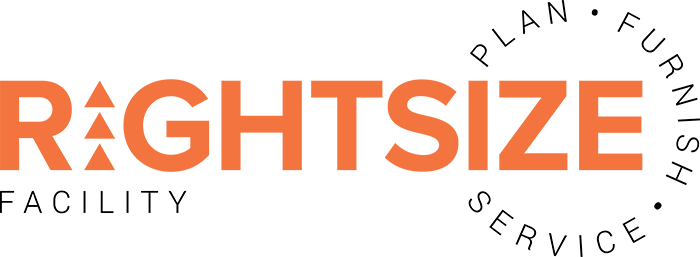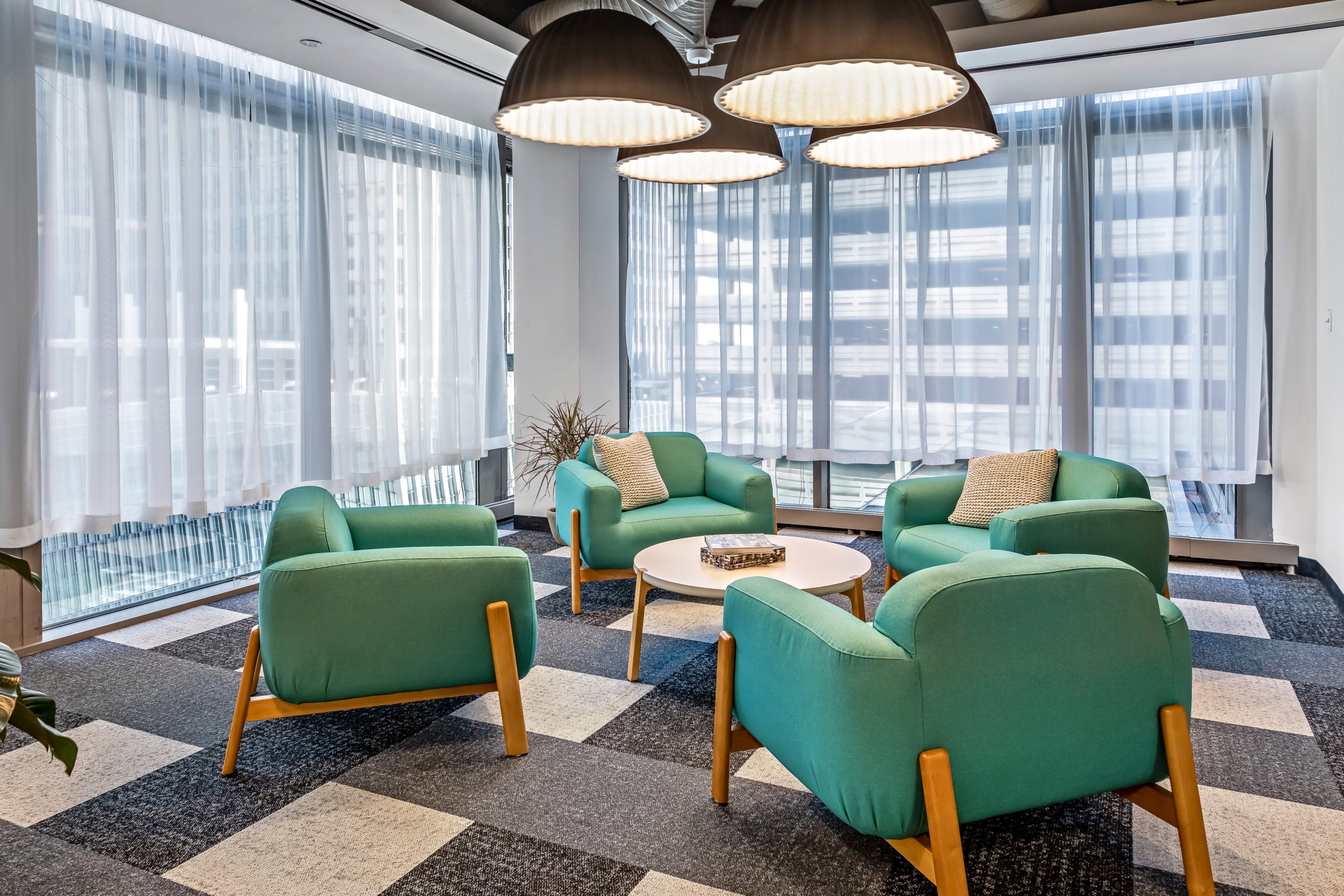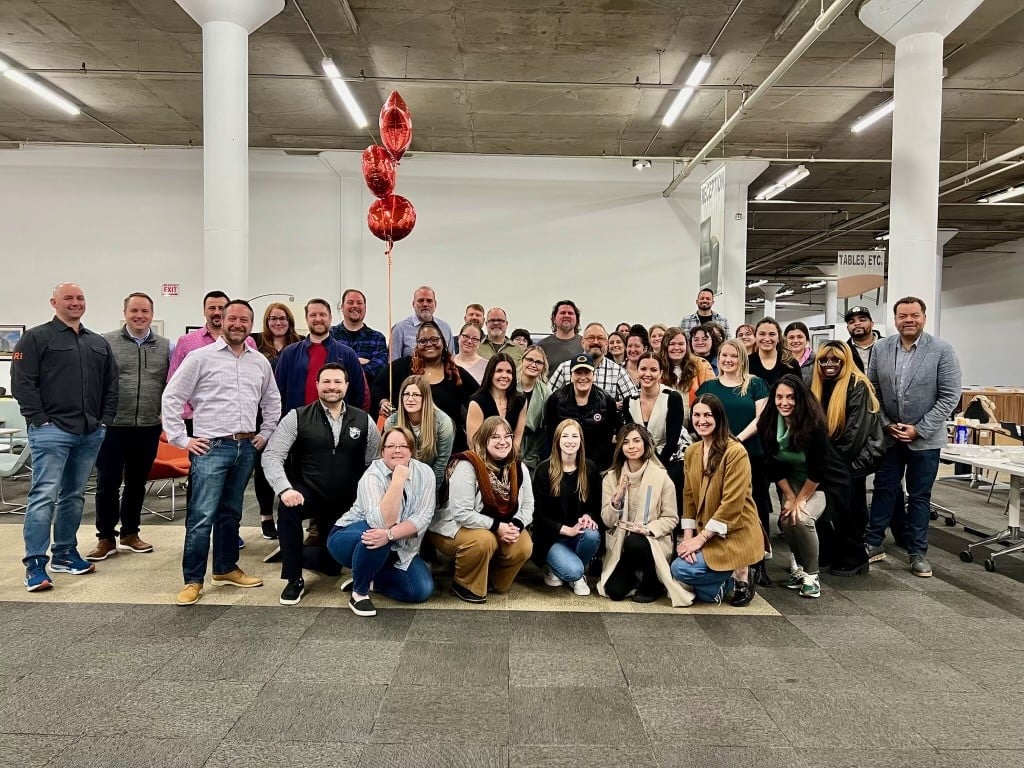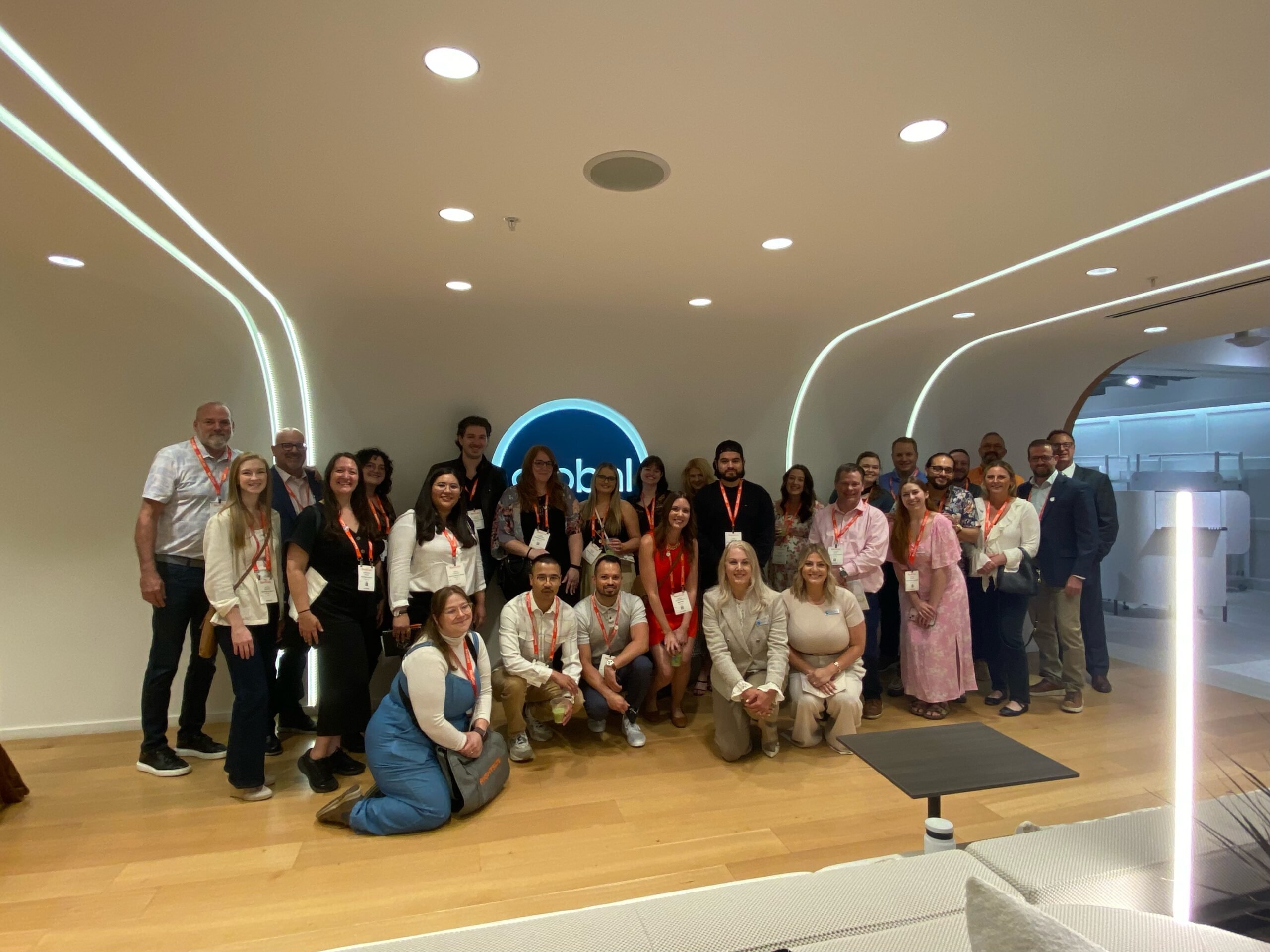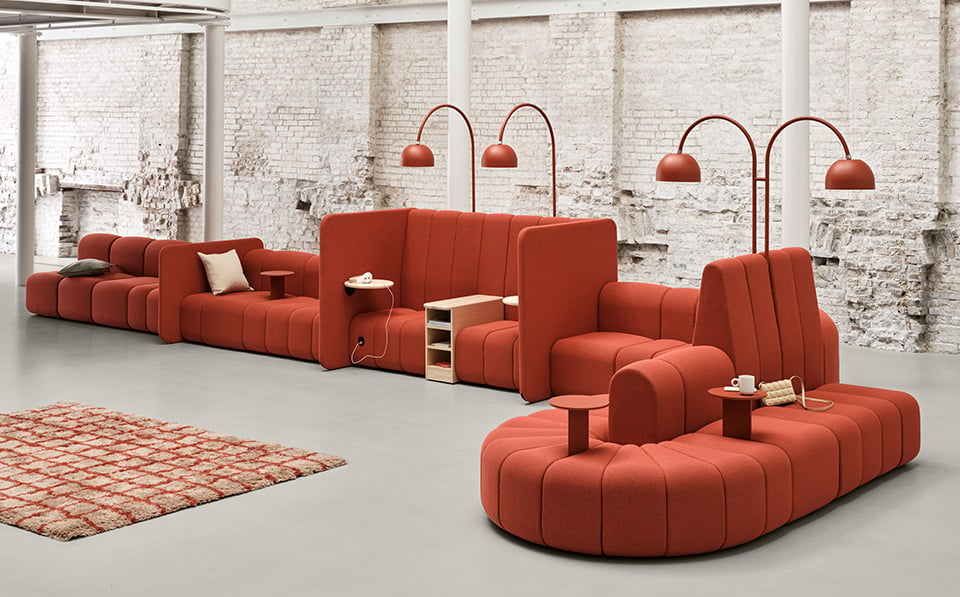Office design is about creating a productive, stress-free environment. As innovation in design continues to develop annual office design trends will reflect the most recent discoveries about an office environment that reflects this.
This year, design trends center around two factors: younger labor and a global pandemic. These factors have changed the dynamics of office design and are most likely going to impact office spaces well into the future. If there ever was a time to upgrade an office design, now would be the time to do so.
6 of the Best Office Design Trends to Emerge in 2021
These design trends are the latest to emerge as a result of a changing workforce and corporate environment. These annual trends reflect what designers have discovered – over the past twelve months – about employee conduct concerning design.
1. Hominess
The workforce is getting younger, and with that, a clear shift is being made to accommodate them. The most obvious shift is the inclusion of homey elements in office design, also known as resimercial. This design trend fuses commercial function with a residential aesthetic. Because millennials – who currently make up the largest generation in the labor force – are accustomed to working from home, the resimercial design is far more conducive to their work habits.
The most prominent design features included in the hominess trend are faux pot plants, centerpiece rugs and chandeliers, and floor to ceiling curtains. The overall design closely resembles a residential living space while still having the function necessary for commercial use.
2. Pivot Spaces & Design-Led Dividers
The global pandemic is the catalyst to the most out-of-the-blue shift in design trends. Because at no point before the pandemic was social distancing and physical barriers a requirement for designers. Now the workforce is acutely aware of the virus, and the repercussions of a pandemic are etched into the collective consciousness of the public, physical barriers are essential. Not only are these design trends helpful to comply with CDC guidelines, but they have also put the mind of anxious employees at ease while ensuring that illness doesn’t spread in an office.
The first trend to emerge as a result of the pandemic are pivot spaces. These are spaces that are easy to reconfigure. Currently, offices are using pivot spaces to create clusters of workstations or workstation neighborhoods. These neighborhoods insulate sound when employees are hosting remote meetings to ensure the call isn’t interrupted by background noise, and those around them are not interrupted by the meeting.
The second trend to emerge is design-led dividers that make the division between employees and visitors more aesthetic. These dividers are still being fine-tuned to ensure they meet CDC guidelines and reduce the spread of droplets.
3. Sustainability
Yet another trend furthered by a younger workforce who acknowledge that businesses’ ethos are quintessential to their sense of belongingness and well being. Therefore, businesses are introducing or strengthening sustainable practices in their offices, including the use of energy-efficient lighting, water-saving fixtures, recycling, and storage for alternative transport to work such as bicycles and scooters.
4. Use of Scents
Offices are testing the use of scents on the productivity and creativity of their employees. While there isn’t much research surrounding the effectiveness of scents on physiological activity, some recent studies do reveal that there could be a connection.
Popular scents for office spaces are coffee, cinnamon, and the aroma of fresh baked goods. These scents are relatively easy to implement in an office and – supposedly – have benefits ranging from creativity to peace of mind.
However, this is a trend that requires caution, as you should also keep in mind that some employees may be sensitive to scents, and strong aromas could end up being more distracting than invigorating.
5. Individuality
It makes sense that another trend would surround millennial and Gen Z employees because in 2021, there will be far more Gen Z employees – who could be as old as 24 – in the workforce.
Individuality is something younger employees resonate with. The old cookie-cutter office design is not something younger employees appreciate, usually leading to lower retention rates, more sick leave, and a decrease in productivity and overall well being.
Offices are therefore encouraged to showcase the company’s ethos and individuality through the use of color, configuration, and interactive decor pieces. This individuality should also help create a connection between the employee and the company’s culture.
6. Employee Design
Plenty goes into creating an optimal workspace, but the most significant part of creating an office is that it benefits employees. Redesigning an office is also an opportune time to boost employee morale showing your employees how essential they are to the company. This trend requires that you first get feedback from employees about the changes they would like to see in the office. The feedback can be as simple as sending employees a poll and choosing design requests with the most votes.
If you’re in two-minds about implementing the most recent design trends, you’re not alone. Trends are usually confused with fads. However, our list of trends is a concise look at what your business can do to increase competitiveness, secure talent, retain employees, and accelerate output. Because design is imperative to reach those goals. 2021 Office design trends are not limited to what is popular this year. Instead, they reflect a changing landscape and the latest progression in design.
Contact Rightsize Facility here.
